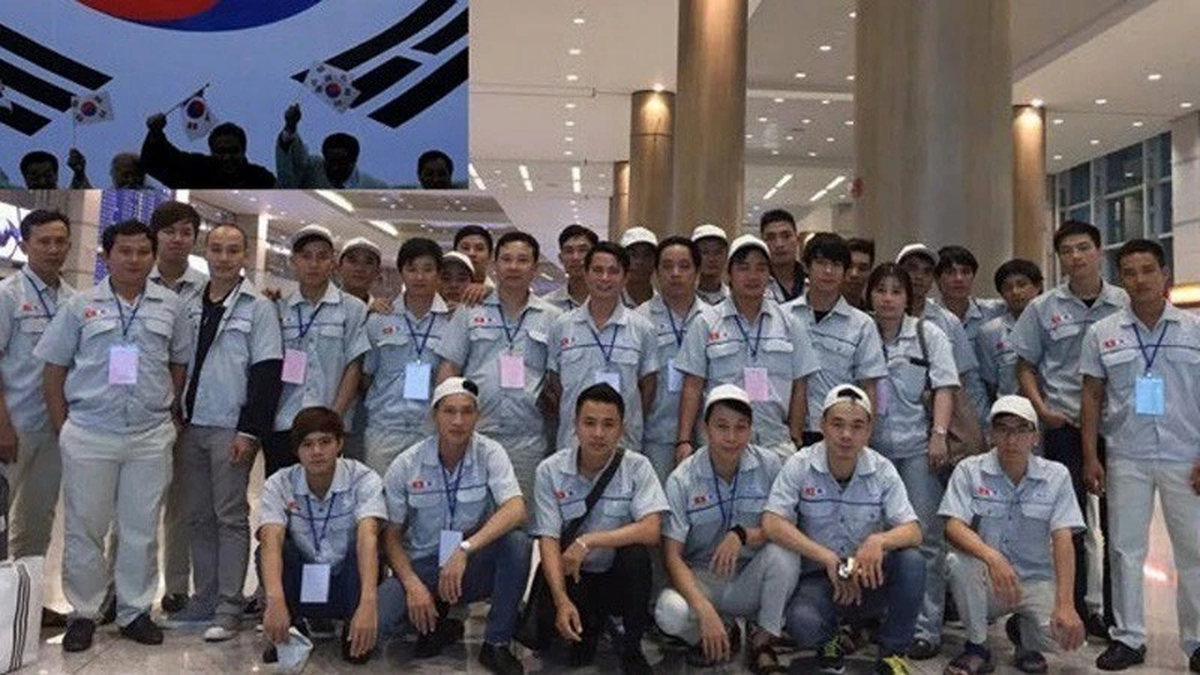Every spring, millions of tiny bogong moths (Agrotis infusa) in Australia make a 1,000 km journey from the plains to the cool mountain caves of the Southeast to escape the heat.
Four months later, they fly back to the northwest—a week-long round trip, made at night, with brains the size of a tenth of a grain of rice.
A study published in the journal Nature confirms that this butterfly navigates by using the starry sky of the Milky Way – an ability previously only observed in humans and some migratory birds. This is the first time scientists have discovered this behavior in insects and invertebrates.
In addition to sensing the Earth's magnetic field, the shape of the horizon, and the familiar smell of the cave, the bogong butterfly also observes the night sky to determine direction.
Experiments showed that when shown an image of the real sky in a specially darkened room, the butterflies flew in the correct direction. But when the image of the sky was rotated 180 degrees, the butterflies immediately changed direction – showing that they recognized the familiar star pattern.
In contrast, when presented with only a random starry sky without the Milky Way, the butterflies flew around in confusion and became disoriented.
Remarkably, the researchers also identified neurons in the butterflies’ brains that responded when they looked south (relative to the starry sky), specifically to a region that mimicked the Milky Way—a streak of light that was much more visible when viewed from the southern hemisphere. It seems that each butterfly has a rough “star map” embedded in its brain.
While dung beetles - the only insects ever recorded to use the Milky Way for orientation - only look at the sky for a few minutes, bogong butterflies maintain their "stargazing" all night long, continuously for weeks.
During that time, the positions of the stars change dramatically as the Earth rotates and moves around the Sun. Yet the butterflies still navigate accurately, suggesting that they can sense the south celestial pole (a fixed point in the sky), or that they can combine their perception of the movement of the sky with their internal biological clocks—similar to how the monarch butterfly (Danaus plexippus) uses the daytime Sun to migrate. Scientists call this a “neurological feat”—because it happens in such a small insect.
“This creature’s amazing astronomical abilities are embedded in an entire alpine ecosystem ,” said neurobiologist Eric Warrant, lead author of the study.
The Bogong butterfly is not only a special ecological phenomenon but also has a long-standing cultural value. Indigenous people used to hold festivals and hunt butterflies in mountain caves during the migration season.
Today, although butterfly numbers have plummeted due to drought and climate change, migrations still provide food for many species such as crows, foxes and wallabies – as well as parasites endemic to butterfly caves./.
Source: https://www.vietnamplus.vn/loai-buom-biet-dung-cac-ngoi-sao-de-dinh-huong-duong-di-cu-1000-km-post1045085.vnp




































































































Comment (0)